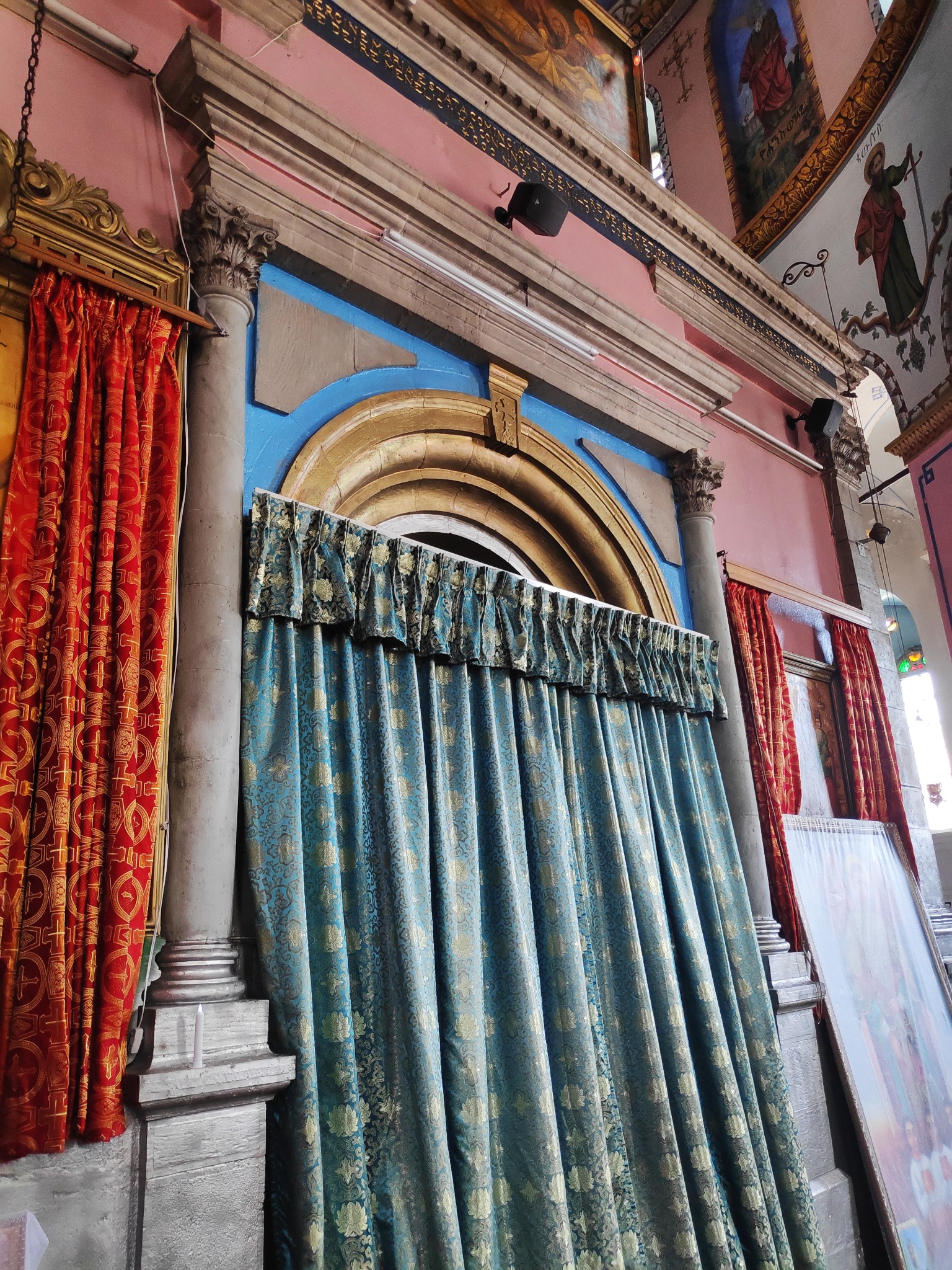Ethiopia is inextricably linked to Jerusalem.
The Ethiopian church is present in the city from the beginning of the Byzantine period.
The book of "Kebre Negest" ("The Honor of Kings") is the founding epic of the Ethiopian nation, at the center of which is the story of King Solomon and the Queen of Sheba whose encounter gave rise to a love affair from which their mutual son, Manalik, was born.
Manalik the first is the founder of the Salomonic dynasty that ruled Ethiopia throughout history until the end of the reign of Emperor Haile Selassi in 1974.
The Ethiopian Church is one of the first Christian communities in the world and Ethiopia is perhaps the only country in Africa to which Christianity has infiltrated organically and not by an outside intruder. As such, biblical mythology is woven within the national identity.
According to their concept Ethiopia is the true Zion mentioned in the biblical scrolls.
The national ethos, which defines Ethiopians as the direct descendants of King Solomon, integrates with Jesus being, according to the New Testament, a descendant of the House of David, implies a messianic essence hidden in Ethiopia its future to be revealed.
It is no coincidence why in the 1930s many Jamaicans saw Haile Selassi's empire as the embodiment of God on earth, and thus the Rastafarian religion was born.
The pictures below show the Ethiopian Church on Abyssinian Street in West Jerusalem. It is a circular church built in the late 19th century and encompasses a square structure that resembles holy of holies at the temple in Jerusalem from the time of Solomon.
Above the entrance is a lion's embossment, that is the "Conquering Lion of Judah" emblem of the tribe of Judah, of the Ethiopian emperors and of the Jerusalem's municipality, all of which share a spiritual and cultural connection to the kingdom of David and Solomon.




